Beginner Shoes
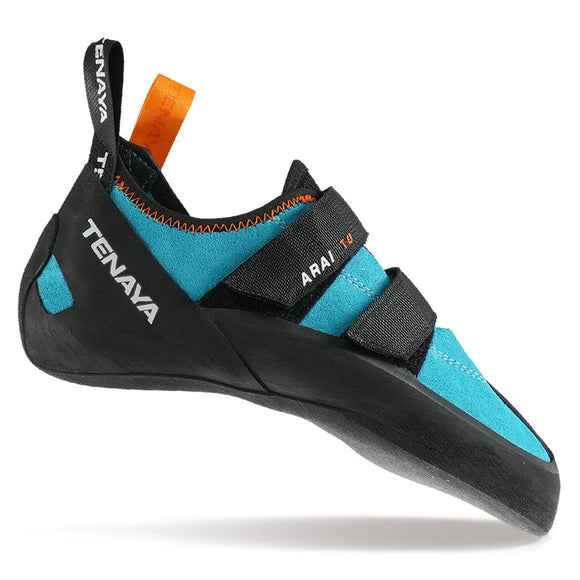
Tenaya Arai
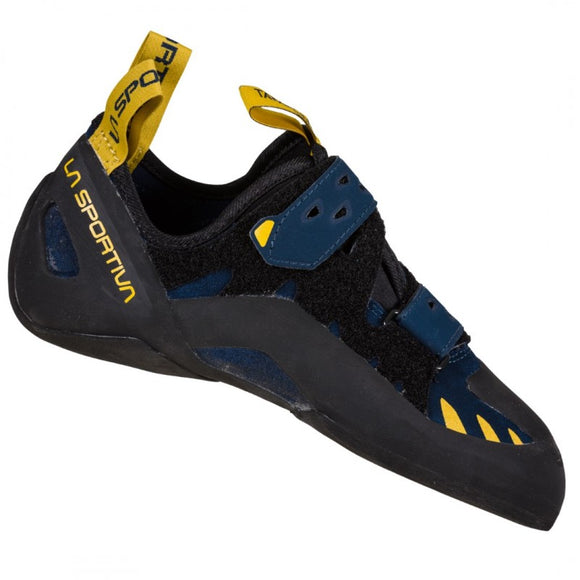
La Sportiva Tarantula Boulder
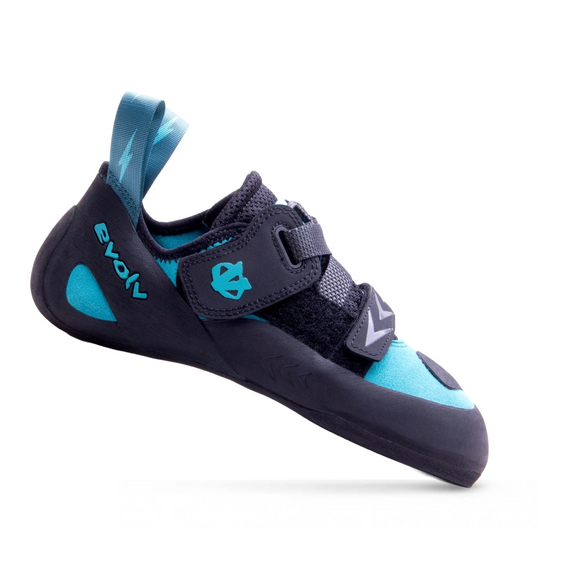
Evolv Kira
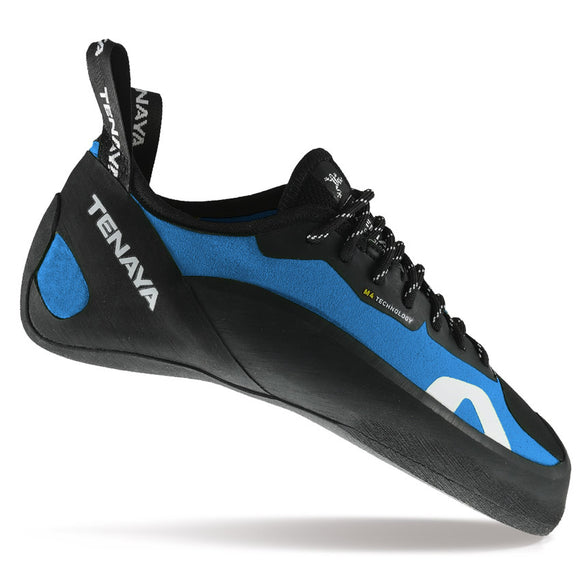
Tenaya Tanta Lace
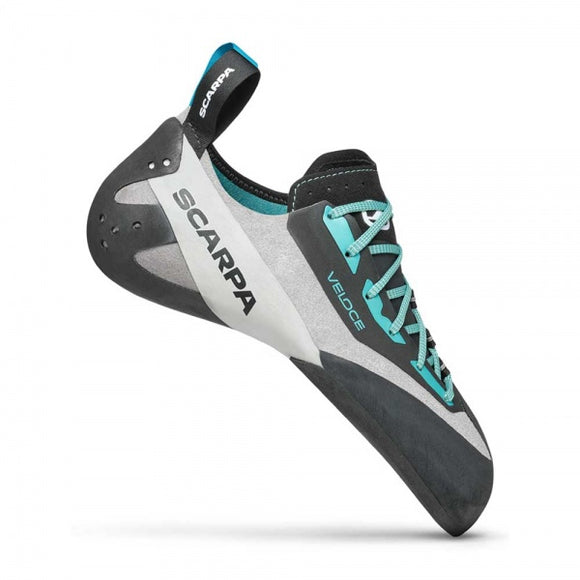
The last of the climbing shoe is simply a foot-shaped model around which a shoe is built. They come in different shapes and sizes so it is best to try on different models to find the last that is most similar to your foot shape.
A midsole is a thin piece of material that sits underneath the rubber which provides additional support for standing on small edges.
The thicker the midsole is, the stiffer the shoe. When starting out a stiff shoe is generally better to help you build confidence standing on smaller footholds.
Full length midsoles are from toe to heel, while split midsoles are just underneath your toes.
The type of rubber will dictate how sticky the shoe is. However, stickier shoes will normally wear through quicker so they do come at a price.
Vibram: (most widely used)
Edge - Very durable, harder and less sticky rubber.
XS Grip - Well balanced between durability and stickiness.
XS Grip 2 - Soft and sensetive rubber thats very sticky, lacks some durability.
A flat shoe profile offers good support and is comfortable to wear for long periods of time. This makes it an ideal beginner shoe as you build confidence in footwork.
A neutral shoe has a slight curve to its profile. This gives a good level of support but also pushes your toes to the front of the shoe meaning there is minimal dead space which helps on smaller footholds.
An aggressive shoe has a large curve to it and a tight heel band. This forces your toes right to the front of the shoe to eliminate all dead space but also enables you to use the curve to pull in on holds with your feet which makes it ideal for overhanging climbs.





